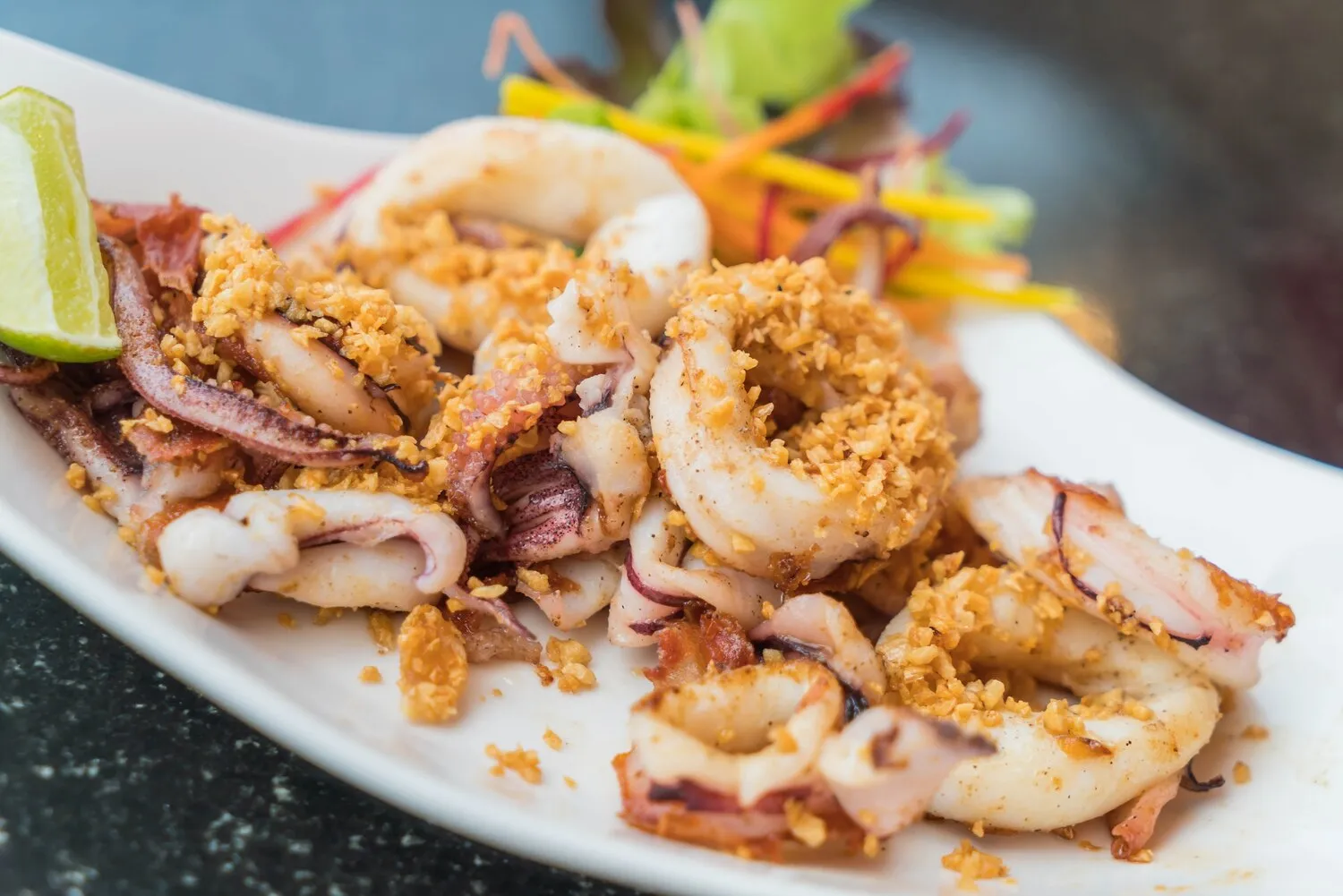
Soupe de Poisson
Traditional fish soup, a Marseille specialty, likely offered at Le Bouchon Provençal.
Nutrition Facts
* The % Daily Value (DV) tells you how much a nutrient in a serving of food contributes to a daily diet. 2,000 calories a day is used for general nutrition advice.
Soupe de Poisson, especially when originating from Marseille, has roots in the fishing traditions of the Mediterranean. It evolved as a way for fishermen to utilize the smaller, bony fish that were not suitable for sale, transforming them into a flavorful and hearty soup. It reflects the culinary resourcefulness of coastal communities.
Soupe de Poisson, particularly the Marseille version, is deeply intertwined with the culinary identity of Provence and represents the region's connection to the sea. It's more than just a meal; it's a symbol of tradition, resourcefulness, and communal dining.
Family Tradition
In many Provençal families, the recipe for Soupe de Poisson is passed down through generations, with each family having its own unique variation and secrets.
Celebratory Meal
While everyday versions exist, a more elaborate Soupe de Poisson can be a centerpiece of celebratory meals and gatherings, especially in coastal towns.
Regional Pride
The dish is a source of regional pride, with many restaurants and chefs showcasing their own interpretations while staying true to the traditional flavors.
Soupe de Poisson is characterized by its intensely savory, seafood-forward flavor profile, infused with aromatic herbs and spices, and often finished with a creamy richness. It balances the briny notes of the sea with the bright, herbaceousness of Provence.
The dominant flavors are derived from a variety of fish and shellfish, including rockfish (rascasse), conger eel, sea robin, and sometimes mussels or clams. The soup is typically seasoned with saffron, fennel, garlic, tomatoes, orange zest, and a blend of Provençal herbs like thyme and bay leaf. Rouille, a garlic-mayonnaise condiment, adds creaminess and a pungent garlic kick, while croutons provide texture. The precise fish used can vary, leading to subtle differences in flavor.
Fish Selection
Use a variety of fish, including bony and flavorful ones, for the best results. Freshness is key.
Rouille Preparation
Homemade rouille, using high-quality olive oil and fresh garlic, will significantly enhance the overall flavor.
Serving Suggestions
Serve the soup piping hot with plenty of rouille, croutons, and grated cheese (often Gruyère or Parmesan) on the side for guests to customize their bowls.
Wine Pairing
Pair the soup with a crisp, dry white wine from Provence, such as a Côtes de Provence or a Cassis, to complement the seafood flavors.
Explore additional Classic French Bistro dishes and restaurants
Explore Classic French BistroDiscover top dining spots and culinary experiences in Marseille.
Explore MarseilleLearn more about the food culture, restaurant scene, and culinary heritage of France.
Explore France